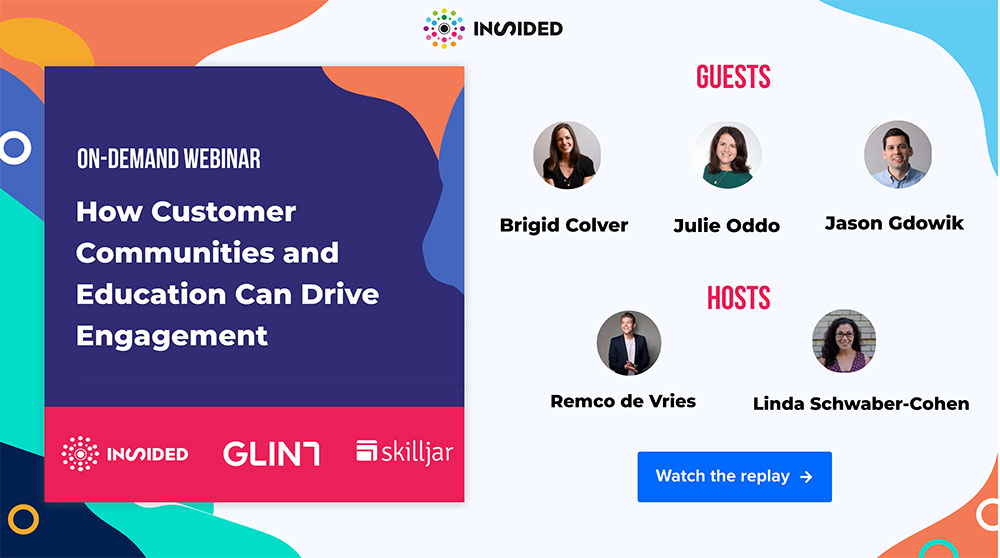Originally published on inSided.com on October 19, 2020.
“A company’s success is dependent on their customers’ ability to successfully use its products, and derive meaningful outcomes from its features and services.”
— Sandi Lin, CEO & Co-Founder, Skilljar
Isn’t that the truth?!
A company’s success can be defined by their customers’ ability to successfully use their product(s), and derive measurable value from its features and services. And in order to enable your customers to successfully use your products, you need to provide them with a level of understanding and knowledge about it.
From identifying the particular goals they have in mind: “What do I want or need to achieve?”, to understanding how the tool can help them get there: “What does it do? Which features are pertinent to me, and what I’m trying to do here?” all the way through to knowing which buttons to press and reports to run to give them their outcome: “I’m in. How do I get this thing to work?”
Answering these questions—and more—is no small task, but we’ve found it’s certainly easier when you bring all of your Customer Success, learning and educational content into one central location: Your Customer Community.
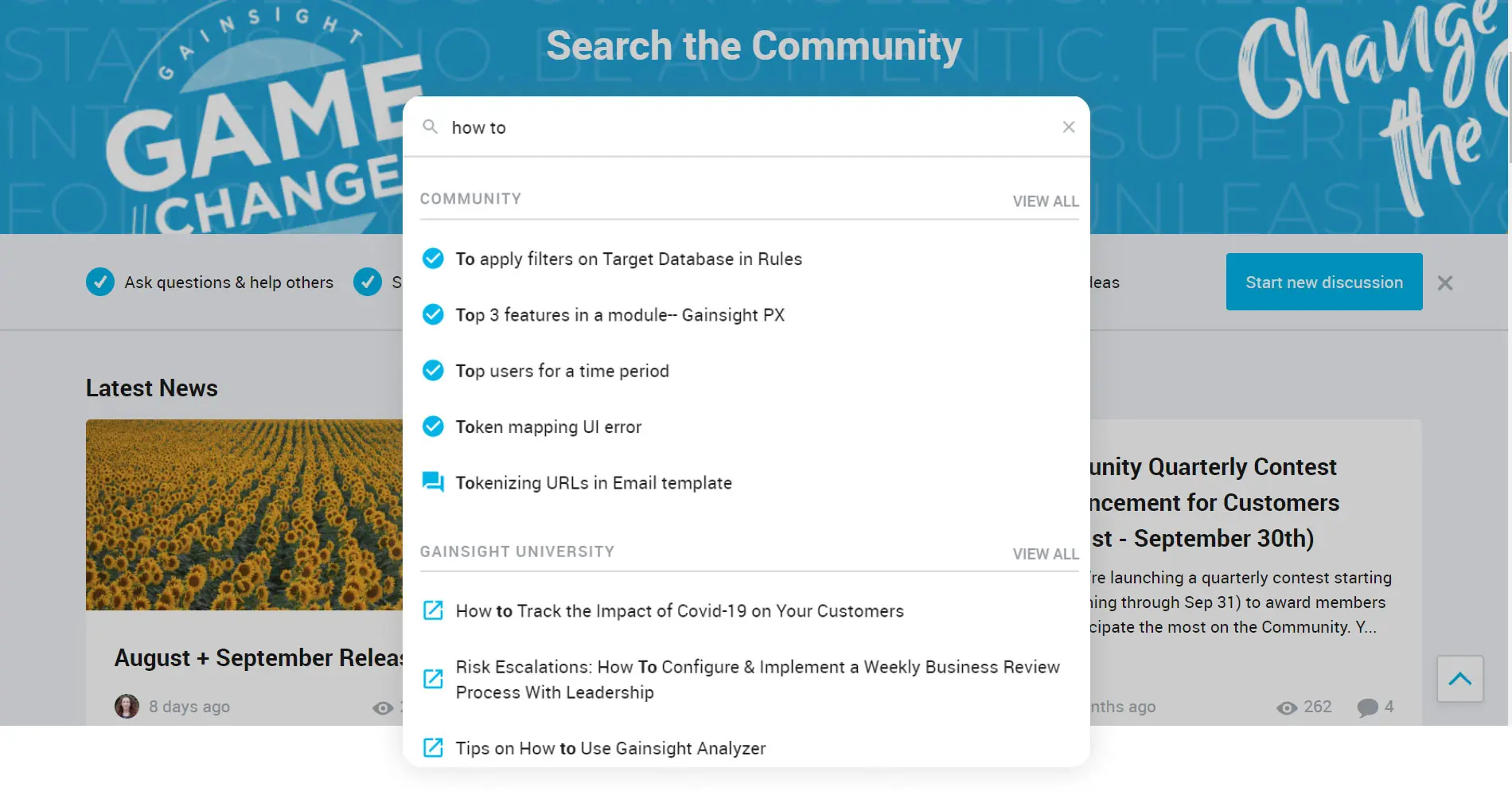 Customer Success software providers, Gainsight, integrate their Gainsight University content into their customer community
Customer Success software providers, Gainsight, integrate their Gainsight University content into their customer community
A well integrated online community can not only amplify that one-to-many engagement between you and your customers, but also keep them on course to get the very best value out of your product—without additional barriers.
Making your courses and training easy-to-find via your community’s front-end enables customers to seamlessly swap between community Q&A and best practice sharing with peers and company curated learning.
To sum it up, here are 4 really key benefits of combining an Online Community Platform and a Learning Management System:
1. Increase the reach and impact of your educational resources within your customer base
Building a valuable, community-driven network around your courses and classes enables people to discuss their learning experiences—in turn increasing the reach of this product knowledge. Plus, it also increases the relevance of the material for customers, facilitating any questions and discussion around specific use cases.
Community is very valuable to help people understand what training you have to offer. A good training platform will let you deep link to courses for example, so that you can be specific about a use-case, and what you’re offering.
– Linda Schwaber-Cohen
Head of Product Marketing, Skilljar
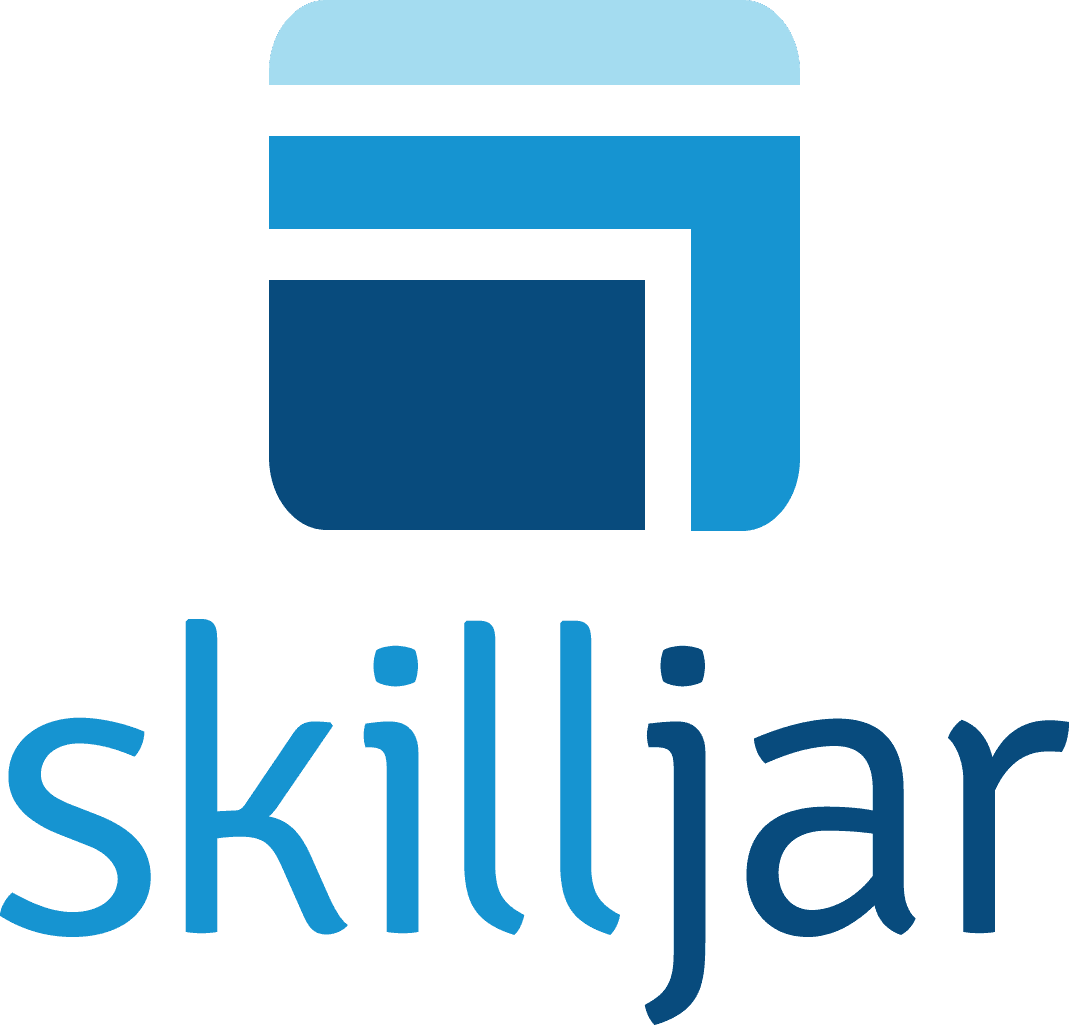
It’s also a useful tool to pull your MVP customers in to add their own unique take and flavor to your materials: Imagine a scenario where you’ve run a successful training session with a number of participants. One of them—an ‘MVP’— has been particularly engaged and vocal during the session, helping out by providing significant context and practical advice. Having a connected community is a boon in cases like this—participants can stay in touch post-training and continue their conversations within the connected community environment.
2. One central location for all of your customer learning materials
OK, so this one’s a biggie. As we’ve briefly touched on above, having a cohesive, connected learning experience and community is key to your overall customer experience. Plus, it’s simple to achieve: You can keep your Community as your main customer facing destination for Customer Success content, and expand the depth, breadth and value of this by incorporating your training, courses and other specific educational materials.
How to make this work in practice?
Take, for example, inSided’s federated search integration with Skilljar. This really helps tie the community and the LMS channels together from the ground up, giving customers a single access point to all of the information they might need.
Users are able to search through your community content and your Skilljar educational resources simultaneously. Unsurprisingly, this saves users time, makes finding the right content easy, and therefore increases self-service rates—saving you time and increasing your team’s efficiency.
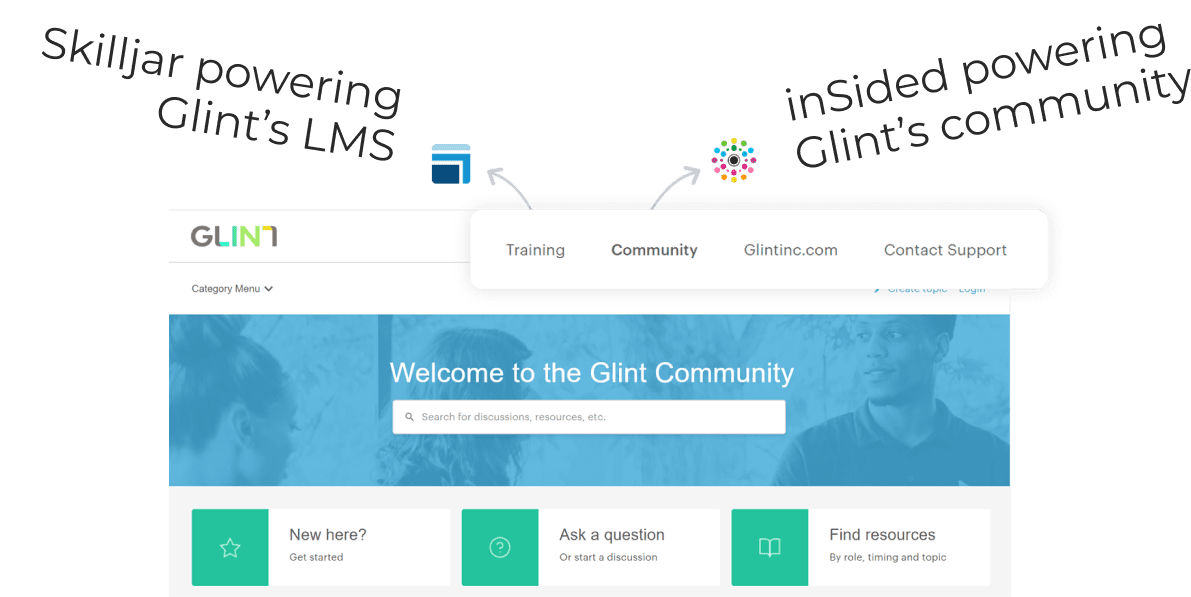
An example of a community and LMS integration
3. Scale the creation of your learning content, training and courses

Having your two channels connected enables you to quickly and easily translate Community questions, answers or ideas into new learning content. Utilize the talking points and hot topics on your community to really understand what your customer base needs to succeed with your product.
When you do this, you can essentially turn your learning management system into a community-developed LMS—reducing the strain on your internal resources to develop new content, and allowing your community members to play an active role in the design, progression and development of LMS content.
4. Cohesive branding & language between your customer facing Community and learning portal
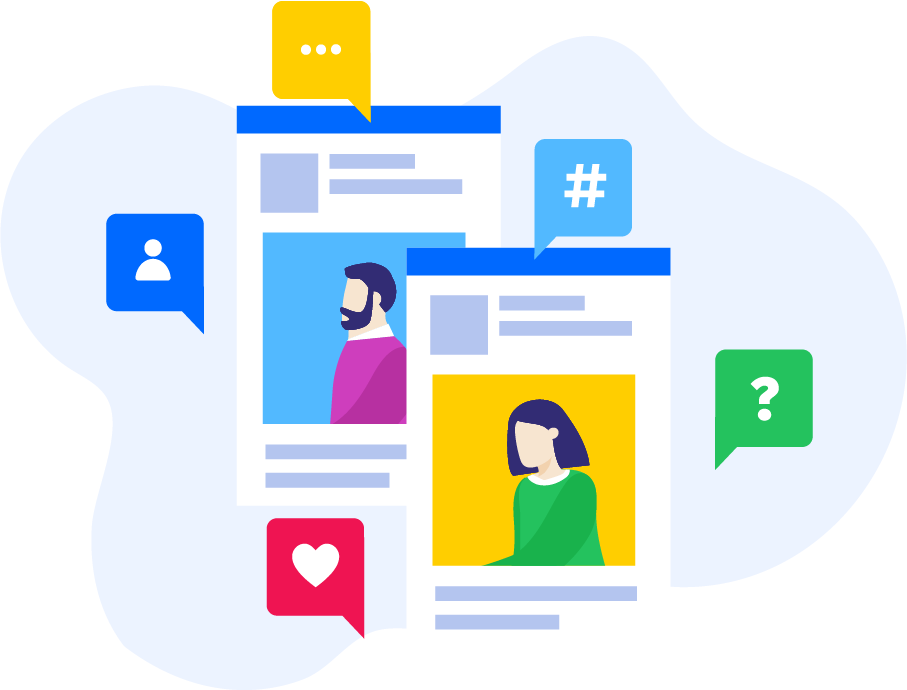 Last but not least: By ensuring a seamless customer and user experience across your digital channels via a cohesive look, feel and brand, you’re setting your customers up for greater success. It’s about providing access to the resources people are looking for, wherever and however they need it—cohesive channels that work seamlessly together help you really demonstrate your customer-first mentality. Think about, for example, the enhanced user experience and simplicity when users can access all your content — community and learning — from one integrated place. Don’t make things harder than necessary for users navigating your digital channels. By integrating your community with your LMS, you’re offering a clear, easy-to-use brand experience—and hopefully creating a bunch of new brand advocates along the way!
Last but not least: By ensuring a seamless customer and user experience across your digital channels via a cohesive look, feel and brand, you’re setting your customers up for greater success. It’s about providing access to the resources people are looking for, wherever and however they need it—cohesive channels that work seamlessly together help you really demonstrate your customer-first mentality. Think about, for example, the enhanced user experience and simplicity when users can access all your content — community and learning — from one integrated place. Don’t make things harder than necessary for users navigating your digital channels. By integrating your community with your LMS, you’re offering a clear, easy-to-use brand experience—and hopefully creating a bunch of new brand advocates along the way!
If you’re curious to learn more about integrating your LMS with your customer community, we recently ran a webinar with our friends over at Skilljar and Glint on this very topic: “How Unifying Customer Communities and Education Can Drive Engagement”.
Checking out the replay is highly recommended, and you can also find even more answers to webinar attendee questions in this great follow up post from inSided and Glint!
Learn More
Looking create a single destination for your customers to connect, share best practices, provide feedback, and build a stronger relationship with your product? Schedule a demo to learn more.


